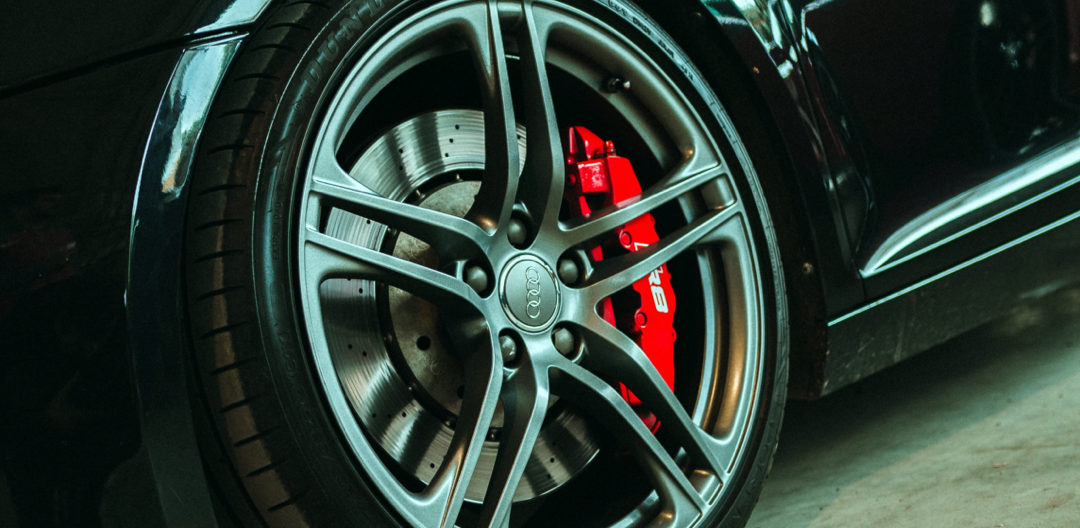Brake pads are accessories which consist of abrasive material and which ensure the contact between the brake jaws and discs. Located on each wheel, they ensure the proper functioning of your brakes.
How to preserve your break pads
However, these pads are worn as and when braking. Here’s how to preserve as long as possible.
The first rule to preserve the maximum is obviously to use it in a reasoned way. There are situations where you can not do without braking, especially in emergency situations. But for many journeys or parts of the journey, other solutions exist and preserve your brake pads. The first solution is to keep your distance and use engine braking. Also learn to anticipate lifting the foot off the accelerator to brake as little as possible.
Downhill, use maximum engine braking. Remember one of our previous guidance. Foot too long down the middle pedal (brake) pads will wear quickly. It is not made for that. If you need to make a long downturn, you must use the engine brake and not the brake pedal, much less the handbrake, which is to operate after the full stop or during a hill start.
What does it mean when your brake pads are worn? A worn pad has no trim. Metal against metal is normally impossible to stop the vehicle. Worse, metal jaw will start to wear and deform the metal disc at the risk of completely blocking the wheel.
If you use the brakes normally, your pads can last 30,000 km. Attention to specific situations, such as the use of a vehicle for trips around town, or an old automatic transmission, can accelerate pad wear. If you follow this #eiverTip 26, you can extend your pads by 15 or 20%.



